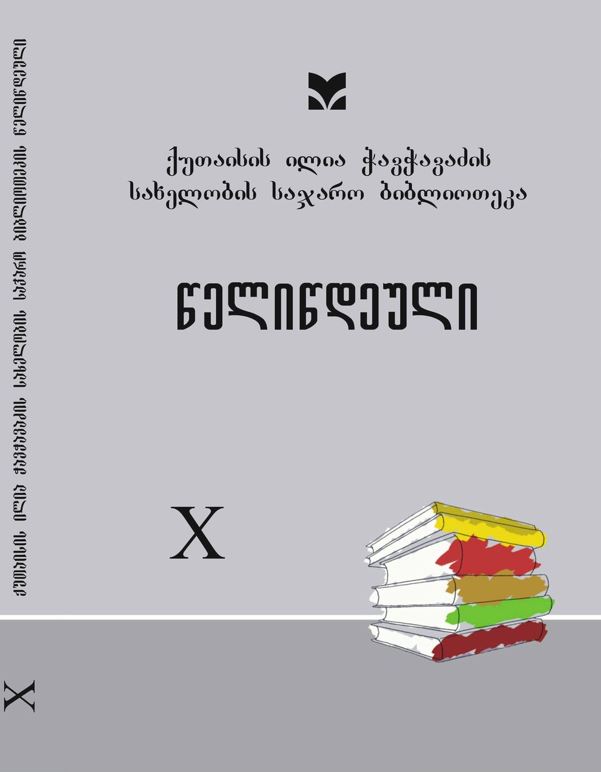ქართულ-აღმოსავლური ასტრონომიული ტერმინოლოგია ქუთაისის ნ. ბერძენიშვილის სახელობის სახელმწიფო ისტორიულ მუზეუმში დაცული ხელნაწერის მიხედვით
ანოტაცია
Georgian, Persian and Arab astronomical manuscripts are in large amounts in Georgian Antiquities repository. Basically, they are fundamental scientific works, guide books and instructions, which are often involved in secular and ecclesiastical texts. They describe old cosmological views, theories, models.
Information about starting and developing astronomy in Georgia is very scarce. The development of this field is connected to the oriental world in some respect. Existing astrological knowledge in ancient Georgia is proved by a number of philosophical and theological materials, which also review astronomical issues.
The manuscript ¹598 kept in Kutaisi Public Library belongs to this kind of material (Kutaisi N.Berdzenishvili state museum). This is a philosophical book, 1764, 116 p, paper; 20*16, handwriting: Mkhedruli, copyist Deacon of Sioni cathedral, Nikoloz. (manuscript description, 1964; 228). The manuscript presents astronomical and astrological materials, graphics, conditional signs, and paintings. According to the introduction, the manuscript is called “palmistry” and consists of 30 chapters. You also encounter Latin, Arab-Persian, Georgian astrological terms. Generally, these are the names of stars, planets, zodiac signs.
Studying orientan terms in interesting in different respects, as they hold different meanings. Oriental and Georgian sources of different centuries contain numerous Persian and Arab terminology. Spreading oriental terms in georgian language can be explained by close communication with the eastern world.
Georgian researchers paid attention and started studying them a long time ago. We should emphasize the translation problem of oriental terms, how right their meanings are interpreted and translated.




